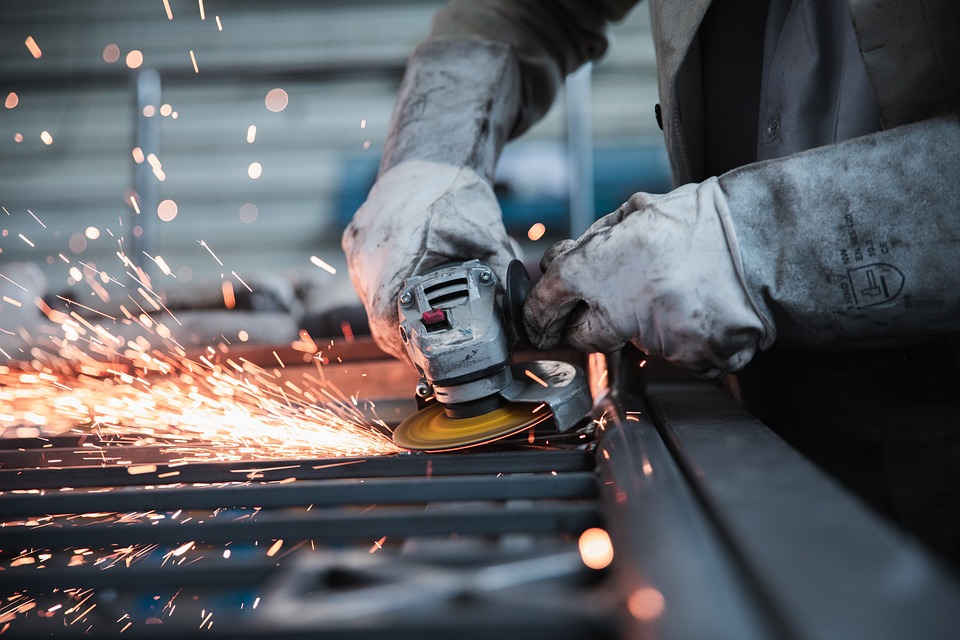The Rise of Virtual Production
Virtual production has been gaining traction in the film industry in recent years, with advancements in technology making it an increasingly viable option for filmmakers. Traditionally, filmmaking involved elaborate sets, locations, and props, all of which could be time-consuming and expensive to create. However, with the advent of virtual production techniques, filmmakers now have the ability to create photorealistic digital environments that can be used to enhance and even replace traditional sets.
One of the key technologies driving the growth of virtual production is real-time rendering. This technology allows filmmakers to see the final result of their scenes in real-time, making it easier to experiment with different visual effects and camera angles. This has the potential to streamline the filmmaking process, saving time and money in the long run.
The Role of Virtual Reality and Augmented Reality
Virtual reality (VR) and augmented reality (AR) are also playing a significant role in the future of virtual production. VR headsets can be used to immerse filmmakers in a virtual environment, allowing them to see and interact with their scenes in ways that would not be possible with traditional methods. AR, on the other hand, can be used to overlay digital elements onto the real world, creating dynamic and interactive visual effects.
These technologies are not only changing the way films are made, but also how they are experienced by audiences. VR and AR can be used to create immersive viewing experiences, allowing viewers to step inside the world of the film like never before.
Advantages of Virtual Production
Virtual production offers numerous advantages for filmmakers, including cost savings, creative freedom, and increased flexibility. By using virtual environments instead of traditional sets, filmmakers can avoid the costs associated with building and maintaining physical sets. This can result in significant savings, particularly for large-scale productions with elaborate sets and locations.
In addition, virtual production allows filmmakers to create worlds and scenarios that would be impossible or impractical to achieve with traditional methods. This opens up a world of creative possibilities, enabling filmmakers to bring their visions to life in ways that were previously limited by budget constraints and technical limitations.
Virtual production also offers increased flexibility, allowing filmmakers to make changes on the fly and experiment with different visual effects and camera angles. This can lead to a more dynamic and engaging final product, as filmmakers are able to fine-tune their scenes in real-time.
Challenges and Limitations
While virtual production offers many advantages, it also comes with its share of challenges and limitations. One of the biggest challenges is the technical complexity of virtual production, which can be daunting for filmmakers who are not familiar with the technology. Training and expertise are required to fully leverage the capabilities of virtual production, and not all filmmakers may have the resources or know-how to do so.
Another challenge is the potential for over-reliance on digital effects at the expense of practical filmmaking techniques. While virtual production can offer great savings and creative freedom, there is a risk of losing the tactile and physical elements that make traditional filmmaking so engaging.
Additionally, not all types of films may benefit from virtual production. Films that rely heavily on practical effects or naturalistic settings may not be well-suited for virtual production techniques. It is important for filmmakers to carefully consider the needs of their project and determine whether virtual production is the right fit.
The Future of Virtual Production
Despite the challenges and limitations, virtual production is likely to play an increasingly important role in the future of filmmaking. As technology continues to evolve and improve, virtual production techniques will become more accessible and user-friendly, enabling filmmakers of all levels to incorporate digital effects into their projects.
In the coming years, we can expect to see virtual production techniques become more integrated into the mainstream film industry. Blockbuster films will increasingly rely on virtual environments and visual effects to create larger-than-life worlds and scenarios. Independent filmmakers will also benefit from the cost savings and creative freedom offered by virtual production, enabling them to bring their visions to life in ways that were previously out of reach.
Conclusion
Virtual production is changing the landscape of filmmaking, offering filmmakers new tools and techniques to create visually stunning and immersive films. With advancements in real-time rendering, VR, and AR, filmmakers now have the ability to create photorealistic digital environments that can be used to enhance and even replace traditional sets.
While virtual production comes with its challenges and limitations, it also offers numerous advantages, including cost savings, creative freedom, and increased flexibility. As technology continues to evolve, we can expect virtual production to become more integrated into the mainstream film industry, enabling filmmakers of all levels to create dynamic and engaging films that push the boundaries of what is possible on screen.
